4 长句子找主语
There are tongs in the corner, wherewith we grasped a coal, and “blowing for a little life, ” lighted our first candle; there is a shovel, wherewith were drawn forth the glowing embers, in which we saw our first fancies and dreamed our first dreams; the shovel with which we stirred the logs, until the sparks rushed up the chimney as if a forge was in blast below, and wished we had so many lambs, or so many marbles, or so many somethings that we coveted; and so it was that we wished our first wishes.
摘自《美国语文》中学课文第4课 Our Old GrandMother
各位老师好,
1. the shovel with which we stirred the logs 前面是不是省略了There is ? 此句的 the shovel 指的是前一句的 a shovel ?
2. 你们认为 wished we had so many lambs,……的主语是谁?请指出哪一句的哪个词是它的主语。
1)主语如果是the shovel with which we中的we,那么就是:there is the shovel with which we wished we had so many lambs, or so many marbles, or so many somethings that we coveted; with which定语从句修饰the shovel,简化的意思就是“一把能让我们许愿的铲子”?
2)主语如果是the spark, 那么 the spark wished we had so many lambs……,意思是:星火希望我们……貌似也不恰当。
3)主语如果是as if a forge 中的forge,那么意思是:熔铁炉希望我们……。
请老师帮忙分析逻辑,谢谢老师。
最佳答案 2025-02-16 21:05
1.此文中shovel 指的是同一个。在分号后,有时可以是名词性结构,不一定是完整的句子,这在文学作品里很常见。你可以看作省略it is,但这种省略有强调作用。不要看作省略there be,因为there is a 可以,一般不用the,而文中用的是the shovel。
2.在此语境,我读后的感觉是这里的wished的主语是we, we stirred the logs和wished we had so many lambs 是并列关系。虽然它们存在于同一个定语从句,但不能理解为用shovel来许愿,shovel 是用来stirred the logs。wished是在这种情景下做出的事,并不是依赖shovel才可以wish. 这里其实相当于with the shovel we stirred the logs,and then in this case we wished...
sparks 和forge 主要是说明火花为什么那么多,那么高。这不是作者要说的重点,它们存在于从句中,属于分支信息,更重要的是强调许愿,所以放在句子后面,这也是尾重原则的道理。
个人理解,仅供参考。
如果觉得我的回答对您有用,请随意打赏。你的支持将鼓励我继续创作!

- 1 关注
- 0 收藏,434 浏览
- cici 提出于 2025-02-08 22:28
相似问题
-
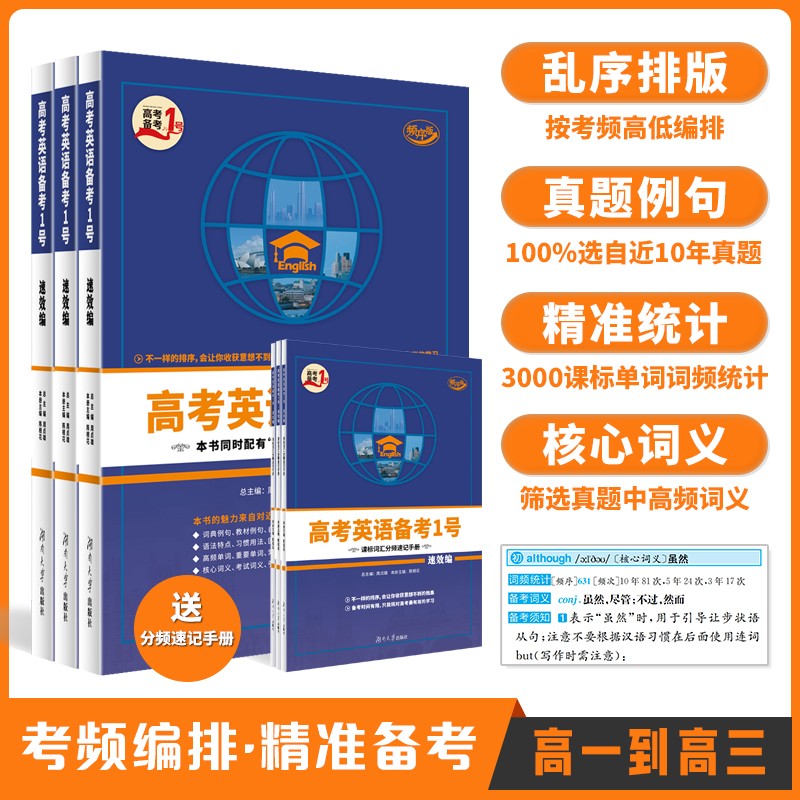 《高考英语备考1号·速效编》
《高考英语备考1号·速效编》
-
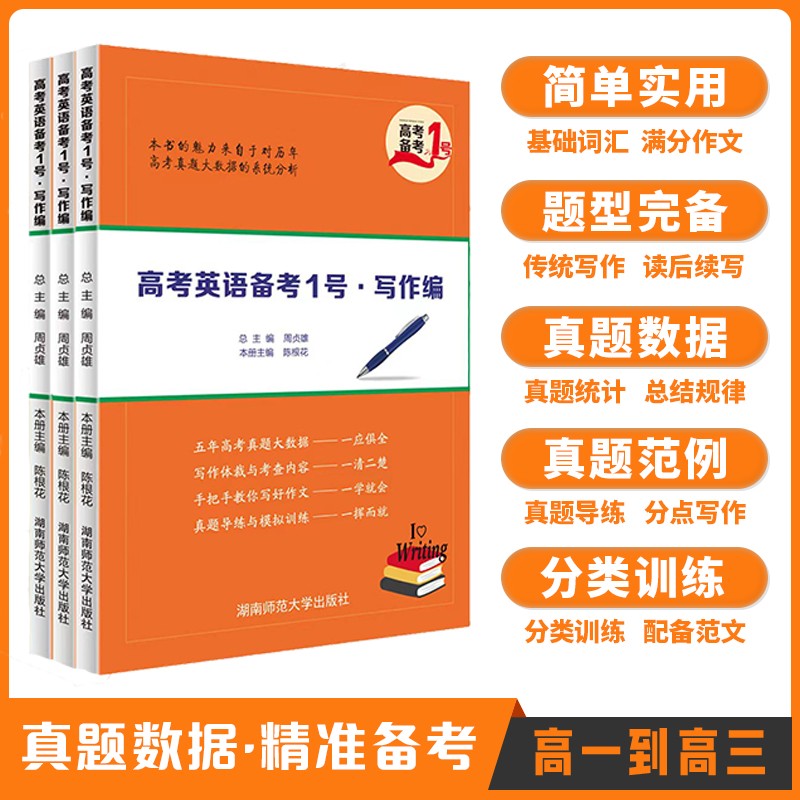 《高考英语备考1号·写作编》
《高考英语备考1号·写作编》
-
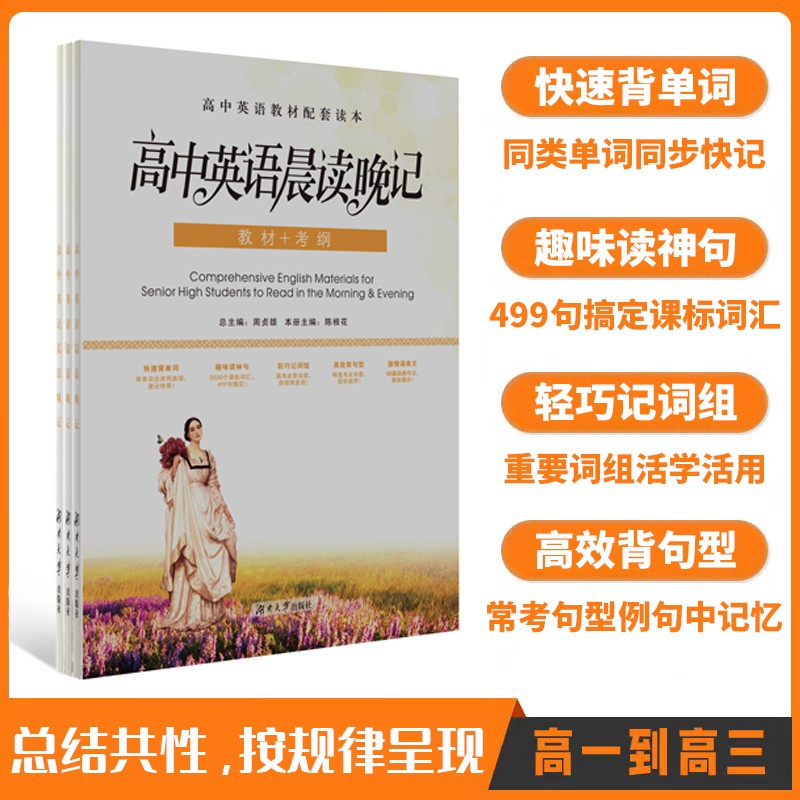 《高中英语晨读晚记》
《高中英语晨读晚记》
-
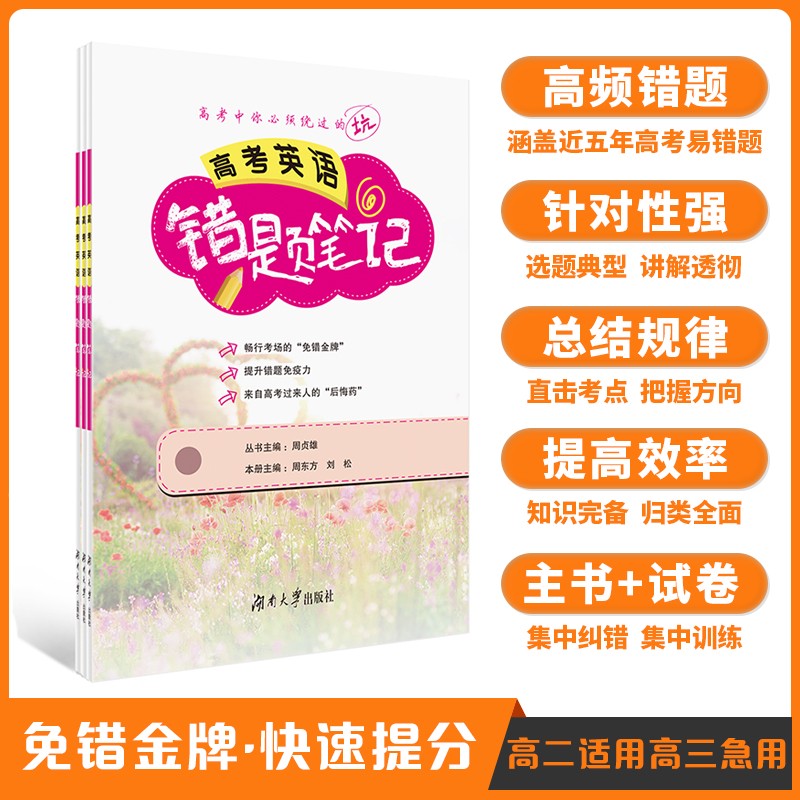 《高中英语错题笔记》
《高中英语错题笔记》
-
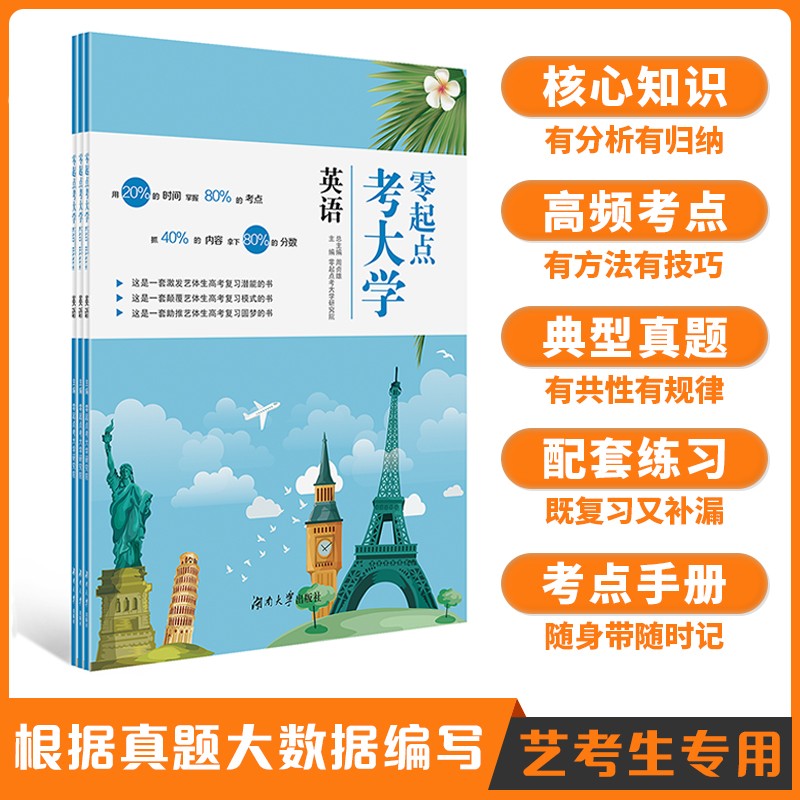 《零起点考大学英语》
《零起点考大学英语》
-
